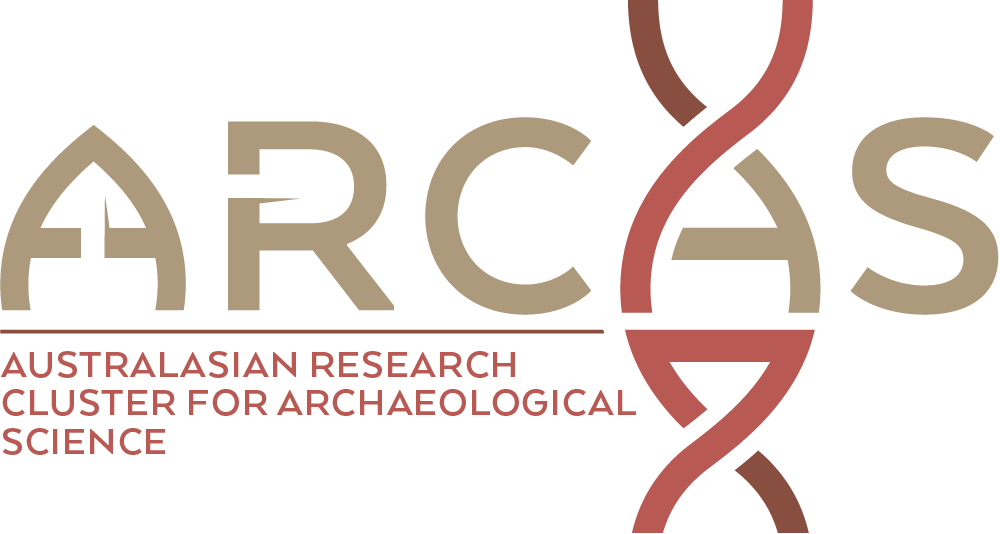Early Bronze Age copper production systems in the northern Arabah Valley: New insights from archaeomagnetic study of slag deposits in Jordan and Israel
Publication date: August 2016Source:Journal of Archaeological Science, Volume 72 Author(s): E. Ben-Yosef, A. Gidding, L. Tauxe, U. Davidovich, M. Najjar, T.E. LevyThis paper presents results of an archaeomagnetic study of slag from four Early Bronze (EB) Age copper production sites in the Faynan Copper Ore District and the northern Arabah Valley (modern Israel and Jordan). The results provide age constraints for metallurgical activities at these sites. Together with previously published data, they indicate copper production around ca. 2900 cal. BCE (EB II-III transition) and between ca. 2600-1950 cal. BCE, spanning the later part of the EB III and the entire EB IV period. These data strongly suggest a direct link between Faynan and the Old Kingdom of Egypt, which is reflected in the most significant phase of copper production and trade in the northern Arabah prior to the Iron Age, and in a settlement wave in the Negev Highlands. In addition, the results indicate that during the late EB II copper was smelted up to 40 km away from the mines. This is evident at the unique cultic site of Ashalim, located on the main road between Faynan, southeast of the Dead Sea, and the settled areas in the core of Canaan.
